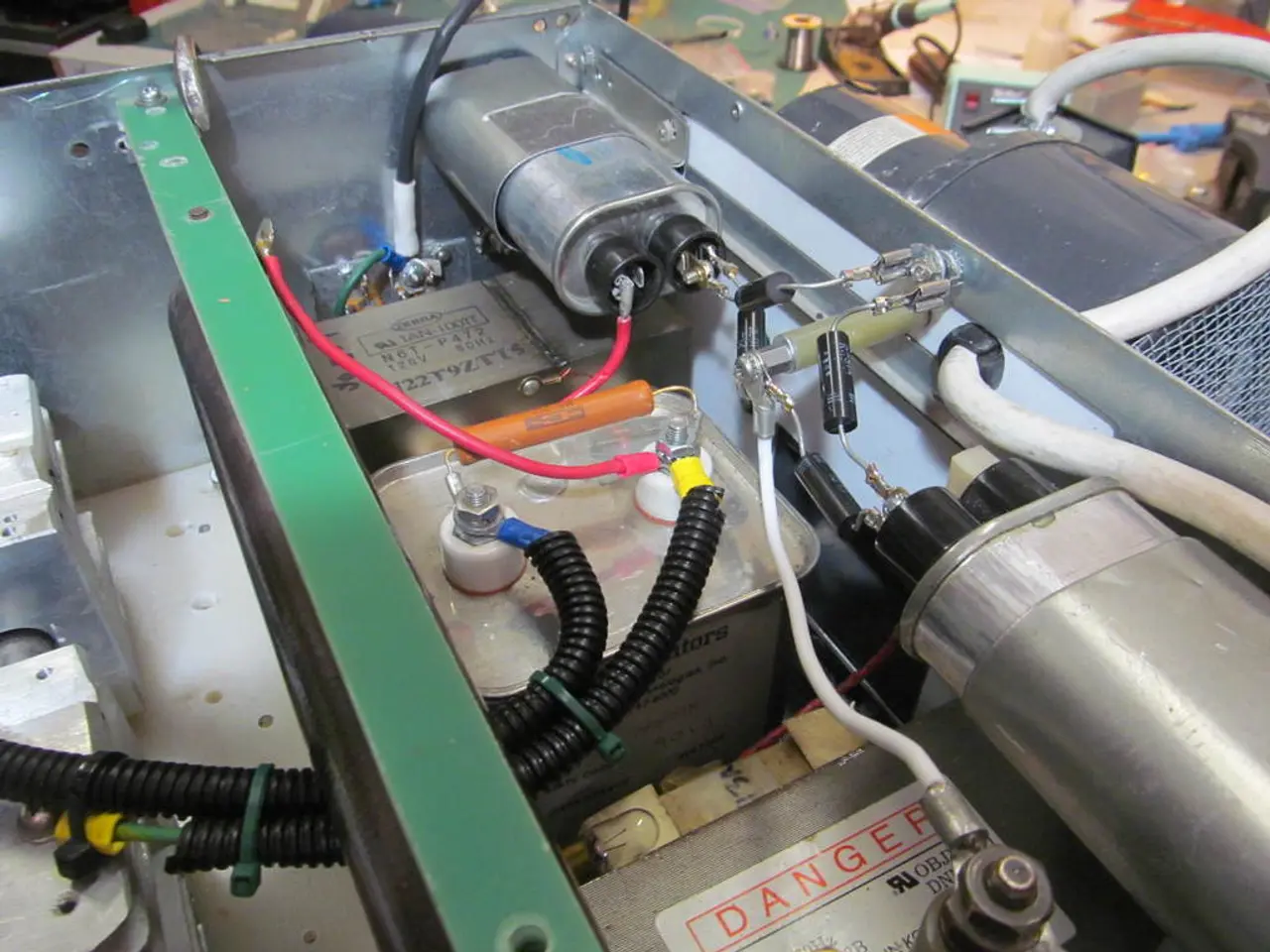Simplifying the Choice of Laminates Through S3 Testing
In the realm of high-frequency printed circuit board (PCB) design, the Stripline S-Parameter Sweep (S3) method is a powerful technique used for extracting and analyzing the dielectric loss characteristics of PCB laminates. This method, pioneered by Michelle Rybak during her master's thesis at MIT, offers a dependable and straightforward approach to evaluating laminate loss, separating conductor loss from dielectric loss, and revealing the impact of copper roughness on signal integrity.
Understanding the Stripline S-Parameter Sweep (S3) Method
The S3 method operates within the context of striplines, a PCB transmission line configuration where the conductor is sandwiched between two ground planes within the PCB stack-up. This shielded, well-controlled impedance configuration makes it ideal for high-frequency measurements.
Scattering parameters (S-parameters) describe how radio frequency (RF) signals behave when they encounter a network, such as the stripline PCB segment. In the S3 method, specific focus is given to S21 (forward transmission) and S11 (reflection) parameters, which are measured across a frequency range.
The method involves performing a frequency sweep of S-parameter measurements on a stripline test coupon fabricated from the PCB laminate under test. From the measured S21, the insertion loss is extracted and converted to attenuation constants (e.g., dB/cm). This loss includes both dielectric loss and conductor loss components. Techniques are then used to separate conductor loss effects, isolating the dielectric loss tangent or loss factor of the laminate.
The Workings of the S3 Method
- Fabrication: A test coupon with stripline traces is manufactured from the PCB laminate material.
- Measurement: Using a Vector Network Analyzer (VNA), S-parameters (especially S21) are measured across a frequency sweep (e.g., DC to several GHz).
- Data Processing: From the measured S21, the insertion loss is extracted and converted to attenuation constants (e.g., dB/cm).
- De-embedding & Extraction: Techniques are used to separate conductor loss effects, isolating the dielectric loss tangent or loss factor of the laminate.
- Comparison: By comparing these extracted loss factors across different laminates, designers can evaluate which materials have lower loss and are more suitable for high-frequency or high-speed digital applications.
The Advantages of the S3 Method for PCB Laminate Loss Evaluation
- Accuracy: Stripline geometry provides a controlled and repeatable environment, minimizing variables like radiation loss or external interference.
- Frequency Range: S-parameter sweeps allow evaluation of material loss over a broad band, showing frequency-dependent behavior.
- Direct Materials Evaluation: Provides practical, real-world performance data from the actual PCB construction, not just theoretical or isolated material tests.
- Supporting Design Optimization: Helps PCB designers select laminates with better signal integrity for high-speed or RF signals, improving product performance.
The Significance of the S3 Method
Michelle Rybak's study, which focused on six different PCB laminates, revealed that the values for Df at high frequencies listed in the material datasheets were consistently too low. Comparing materials based on data sheets can be problematic due to varying methods used to obtain data and inconsistent reporting of Df values.
Rybak's research aimed to distinguish resistive loss by the copper from loss caused by dielectric absorption. By using the S3 method, she was able to accurately evaluate the dielectric loss factors of different PCB laminates, allowing designers to make informed decisions when choosing materials for high-frequency or high-speed PCB designs.
The immediate value of this test environment to companies for qualifying materials for high-volume production applications is evident. Rybak's work underscores the need for a common yardstick among laminate manufacturers for specifying product performance.
- Engineers in the field of data-and-cloud-computing can leverage the Stripline S-Parameter Sweep (S3) method, a technology developed for precise high-frequency printed circuit board (PCB) design, to analyze and compare the dielectric loss characteristics of various PCB laminates, enhancing their product's performance in high-speed or RF signal applications.
- In the scope of high-frequency PCB design, the S3 method, utilizing controlled impedance stripline configurations with careful S-parameter measurements across a frequency sweep, offers a reliable technique for accurately determining dielectric loss factors, thus aiding in the selection of appropriate laminates and optimizing signal integrity in high-speed or RF designs.




